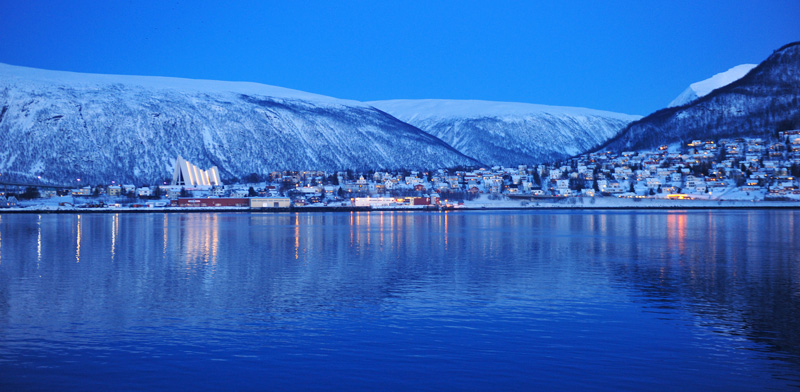
Arctic Norway is comprised of the northernmost regions of Norway that lie above the Arctic Circle, located at 66.5 degrees north of the equator. This region is vast, mostly unspoiled, and offers a challenging but incredibly rewarding experience to the intrepid traveller.
Much of Norway is defined by its relationship to the sea and water. Arctic Norway is no exception and is blessed with landscapes of rocky islands, majestic fjords, massive glaciers, glacial lakes, thunderous waterfalls, quaint fishing villages, and dramatic coastlines. Intertwined with these landscapes is the wildlife which includes roaming elk and deer in their thousands, as well as many bird species and whales. Unquestionably, it is one of the most remote and spectacular regions in the world.
Land of the Midnight Sun, the Northern Lights, splendid nature, and the Sámi people.
In addition to the breathtaking landscapes, the Sámi indigenous people of northern Europe—who live across Norway, Sweden, Finland, and Russia—have a truly unique culture, different from anywhere else in Norway. Their rich traditions, festivals, and lifestyle are more good reasons for travellers to spend time in this part of the world.
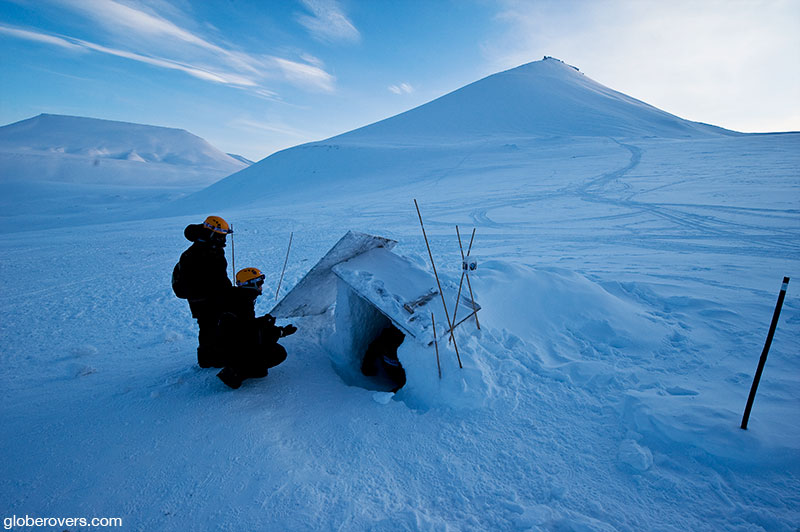
While most visitors arrive here either at the height of summer or during the deep winter darkness, autumn and spring are also excellent times to visit.
One of the reasons for visiting in midsummer is to experience the endless bright skies which last from mid-May to mid-July when the Midnight Sun produces a constant brilliant deep red-orange glow rather than the usual sunsets. The farther north you travel, the longer this period lasts. At the northern tip of continental Norway, the Midnight Sun starts about a week earlier and ends a week later than a few hundred kilometres to the south.
Another excellent time to visit is during midwinter. At this time, the sun doesn’t rise above the horizon for between six and eight weeks. Even though the sun remains below the horizon for most of December and January, the days aren’t completely dark which makes it a great time to enjoy the winter wonderland in the twilight.
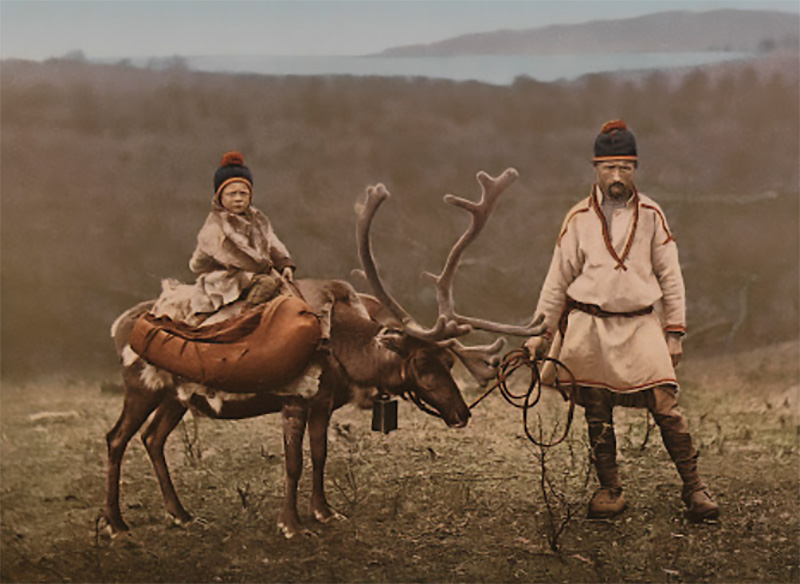
Winter is also the best time to experience the Northern Lights, also known as the “aurora borealis”. While the skies are not lit up by the dancing colours every night, you may have more luck seeing them on the coldest nights, between 10 pm and 2 am. If you are lucky enough to be at the right place at the right time, you will be awed by a symphony of dancing lights high in the sky. A sight you will never forget.
While this vast area is very diverse and offers so many places to explore, let us focus on two towns and two groups of islands: the towns of Narvik and Tromsø, and the islands of Lofoten and Svalbard.
The Lofoten Islands
One of the most beautiful parts of Arctic Norway is the Lofoten Islands, an archipelago in the Nordland county. Popularly described as “Norway’s untamed islands”, Lofoten is famous for its spectacular attractions such as jagged mountains, white sandy beaches, glittering fjords and lakes, and quaint red-roofed fishing villages. Not to mention the Northern Lights and the Midnight Sun!
Located far above the Arctic Circle, the turbulent waters of the Norwegian Sea bring in a constant flow of nutrition to the marine life, which in turn feeds the birds.
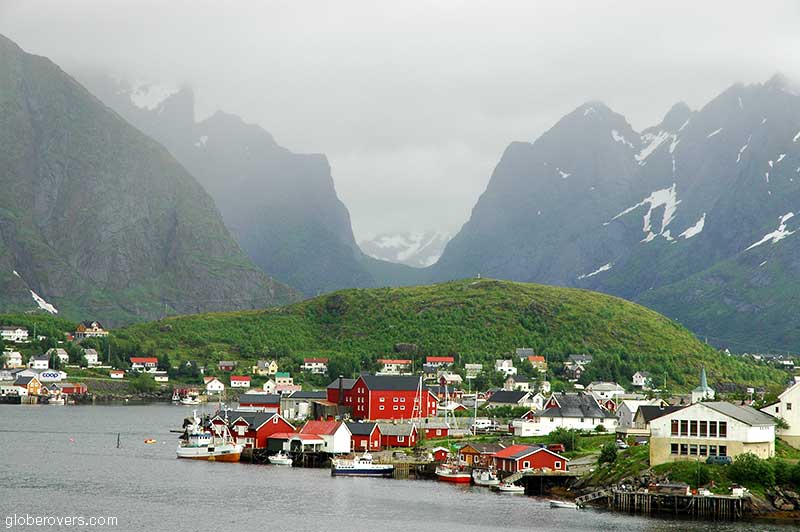
Fishing is popular, particularly for cod, which is legendary in the production of “stockfish” (air-dried fish, known as “hjell” in Norway). Walk around the villages and you will see unsalted cod drying on wooden racks in the cold air.
Cold-adapted bacteria mature the drying fish in a similar way to the cheese-making process, and the fish are then used in many local dishes, and exported around Europe.
The islands are also home to large colonies of puffins (about 80,000), cormorants, grey herons, white-tailed eagles and many other birds. No less than 2.5 million nesting birds make the Lofoten Islands a paradise for bird watchers and photographers.
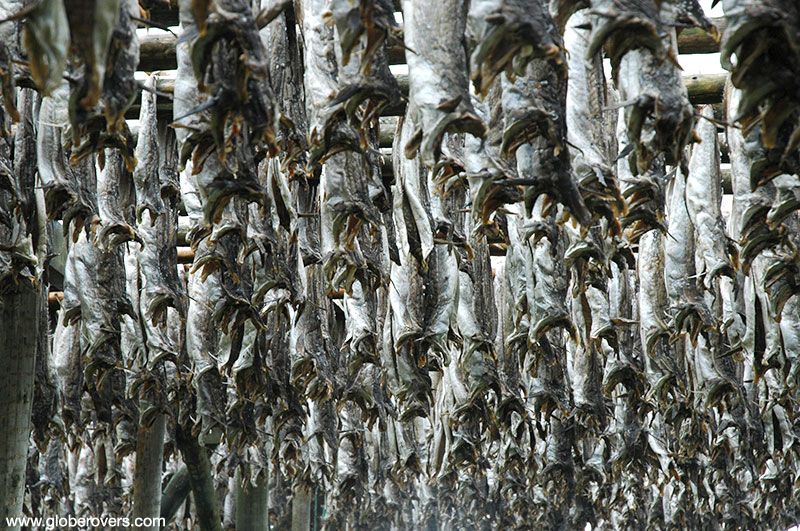
Among the many fishing villages is Reine, on the island of Moskenesøya. Located in an idyllic mountain setting, Reine has been a trading post since 1743 and now has a population of about 300 people.
An even more picturesque village, named Å, lies about 9 kilometres (5.6 mi) southwest of Reine. This village has for many years specialised in stockfish production, but nowadays tourism has taken over as the main economic activity. The village is home to the Lofoten Stockfish Museum and the Norwegian Fishing Village Museum.
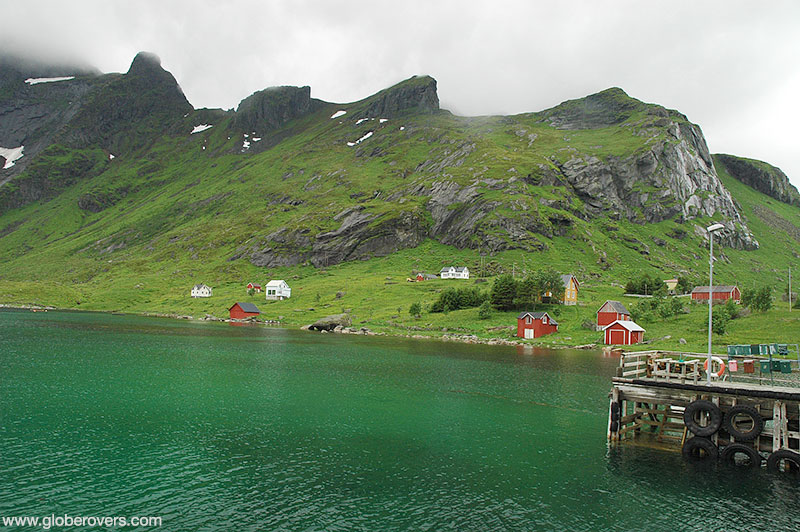
The archipelago is best enjoyed by slow travel, including hiking or cycling the lesser-trodden trails. The dramatic mountains offer hiking trails to secluded beaches, villages, waterfalls, and lakes. Camping is allowed in the wilderness, so bring along your tent for a multi-day trekking adventure.
For a true local immersion experience, stay overnight in a traditional fisherman’s cabin, locally known as a rorbuer.
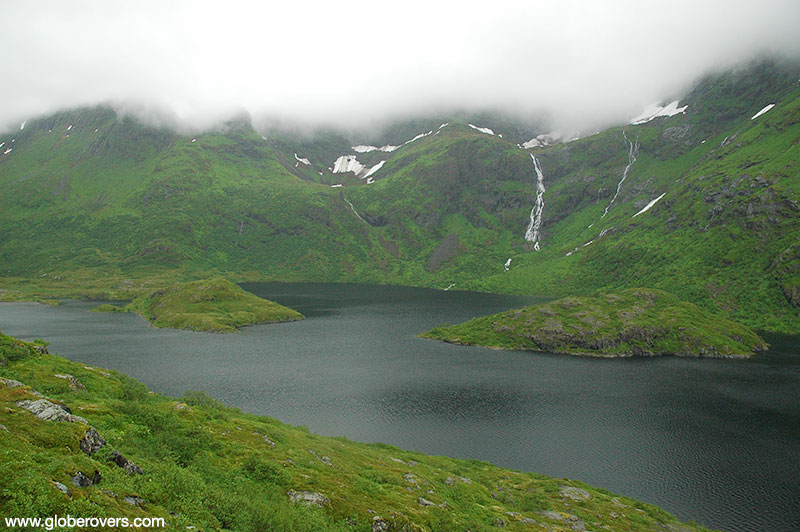
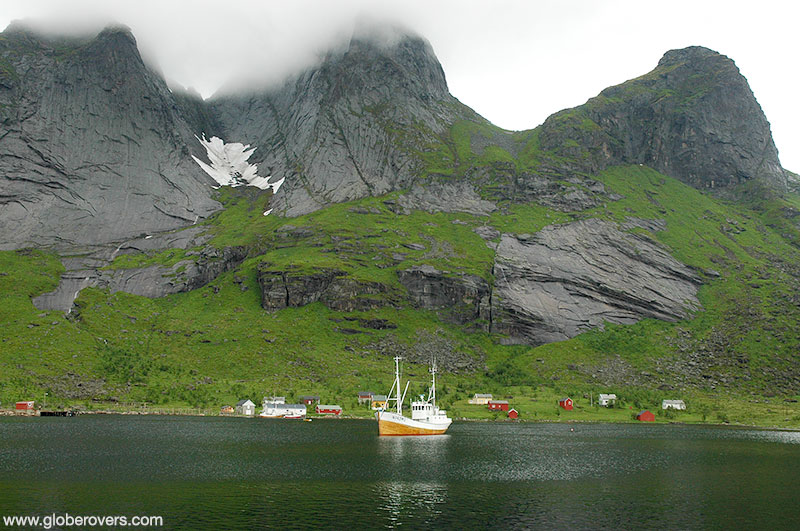
Narvik and Area
Northeast of the Lofoten Islands lies the picturesque ice-free seaport of Narvik (translated as “The Land of The Northern Lights”) on the shores of the Ofotfjord in Nordland county. The town lies 1,645 kilometres (1,022 mi) north of Oslo, the Norwegian capital, and can be reached by car, train, or plane. The train-line ends at Bodø, some 300 kilometres (186 mi) south of Narvik, which requires transferring to a bus or car to reach Narvik.
An alternative and more scenic approach to Narvik is via Sweden. The Ofoten Railway runs between the Swedish town of Luleå, on the Baltic Sea, to Narvik in about seven hours. It cuts through precipitous mountain terrain and tunnels, over ridges, and across tall stone embankments. This railway was opened in 1902 to transport iron ore from the Swedish mining town of Kiruna all the way to Narvik’s ice-free harbour. The construction became known as the northernmost, coldest and harshest railway project ever undertaken. It is also the northernmost electrified railway line in the world.
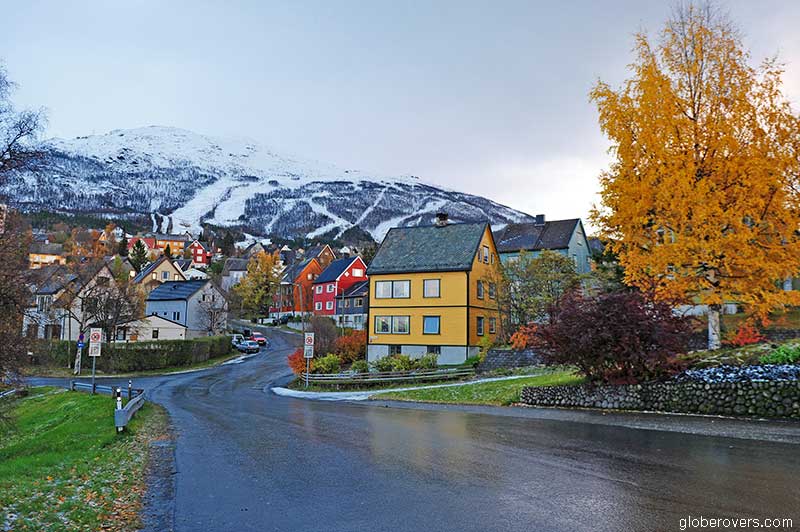
As tourism has become an important revenue generator for the railway, it is now branded as the “Arctic Circle Train”. Most of the journey is beautiful, especially the section between the border and Narvik. The train ride provides stunning views of the fjords and mountains, with the train-tracks clinging to the mountainside.
Narvik, an all-year-round travel destination, is popular for its beautiful mountain setting, coloured wooden houses, alpine skiing at nearby Narvikfjellet, and as a springboard for adventures among the fjords.

Narvik looms large in World War II history books, well illustrated by the small Red Cross War Museum, which offers a moving timeline of the military campaigns fought here in the early years of the war. On the north side of town are the graves of French and Polish troops who fought alongside the Norwegians on land, and those of Germans and British sailors who died at sea.
A steep walk from the town up Narvikfjellet Mountain offers panoramic views over the Beis Fjord. An easier way up the mountain is by cable car to the Narvikfjellet Restaurant at 656 metres (2,152 ft) above sea level.
For a surreal experience, spend a night or two at the Arctic Dome, located just five minutes from the Narvik city centre. The domed tents, best described as “plastic igloos”, offer great views over the city and the surrounding mountains. The domes are a fun and cosy way to wait for the Northern Lights in the dead of winter.


Tromsø and Area
From Narvik, a 3½-hour scenic trip by road goes all the way to the beautiful town of Tromsø, the capital of Arctic Norway and the self-proclaimed ‘Paris of the North’. Come here for the Northern Lights, Midnight Sun, whale watching, island hopping, and epic nature adventures.
The region also offers superb conditions for skiing, dog sledding, king crab fishing, hiking, and experiencing the Sámi culture. In the area surrounding Tromsø, several islands are waiting to be explored, including Senja, Kvaløya, and Sommarøy.

For a special cool experience, spend a night at the Tromsø Ice Domes. Located in the Tamok Valley, 95 kilometres (59 mi) southeast of Tromsø, the ice- and snow-built hotel is normally 600 square metres (6,458 sq ft) in size, but due to Covid-19 the size for the winter-2020 season has been reduced to 200 square metres (2,153 sq ft). Its ice-bar and ice-cinemas remain open. Reindeer skins and a polar expedition sleeping bag are waiting to keep guests warm under the ice roof and the flashing Northern Lights.
Take one of the two gondolas built in 1961, known as “Seal” and “Polar Bear”, up to the mountain ledge of Storsteinen (421 m / 1,381 ft above sea level) for spectacular panoramic views over the city, surrounding islands, mountains and fjords. The views are particularly beautiful when the town is covered in snow. During this time, Tromsø is bathed in a deep midnight blue twilight in the early afternoon as the residual light reflects off the blue sea and the white snow.
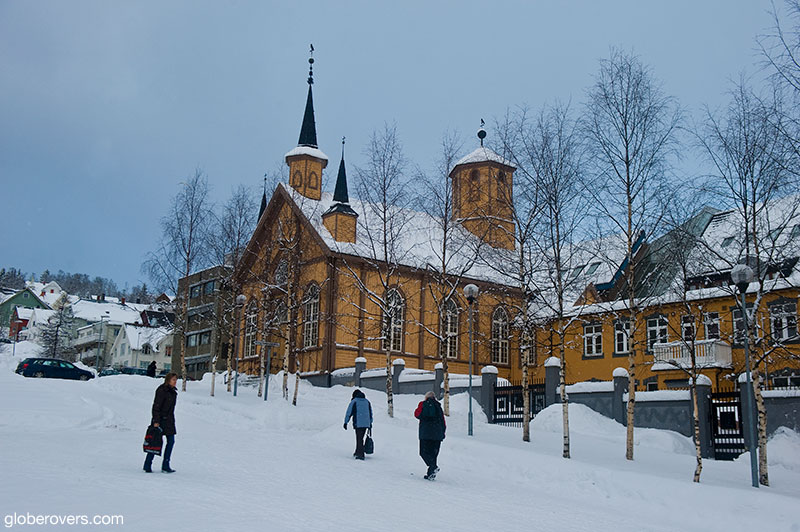
Tromsø has a few museums, such as the Polar Museum, Tromsø Museum, and the Art Museum of Northern Norway. The city also hosts several festivals and events such as the Tromsø International Film Festival, Northern Lights Festival, Insomnia Festival, and the not-to-be-missed Sámi Week, which includes the national reindeer-sledge championships where skilled Sámi riders whoop and crack their whips along the main street in Tromsø.
Tromsø’s unique Arctic Cathedral, consecrated in 1965, consists of 11 rectangular aluminium frames, with a glass facade fronted by a large cross on the western side. Its sharp and well-defined triangles portray polar boathouses, icebergs and Sámi tents. At night, the strip lights between the frames give the building a delightful luminescence.
The Svalbard Islands
Formerly known by the Dutch name of Spitsbergen, the Svalbard Island group is a Norwegian archipelago located in the Arctic Ocean halfway between Norway and the North Pole.
The location of the islands ranges from 74° to 81° north-latitude, and from 10° to 35° east-longitude—about 1,000 kilometres (621 mi) from the North Pole. The southernmost tip of Svalbard lies 660 kilometres (410 mi) from the northernmost tip of continental Norway.

These islands have a long history which includes the Norse, English, Danish, Dutch, Russian and French peoples. Following fierce claims of ownership by several nations, full sovereignty was granted to Norway in 1920 at the signing of the Svalbard Treaty in Paris, France. However, the treaty gave other signatory states, such as Russia, the right to engage in the exploitation of local natural resources.
The resource-rich islands also have a history of walrus and whale hunting and extensive coal mining mainly by the Russians and their allies in the former USSR.
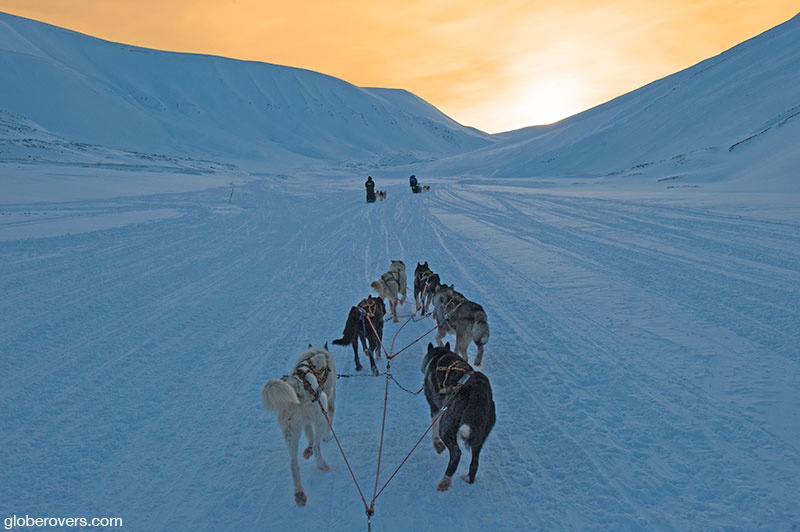
Mining was established here during the 1920s, and it remains an industry to this day, albeit small. Norway recently declared its intent to close several of the remaining coal mines, then rehabilitate the surrounding areas. This will bring an end to a 100-year-long era of coal mining in Svalbard
Nowadays, Svalbard is best known for scientific research, polar bear spotting, North Pole expeditions, and a few tourists who want to get close to the top of the world and experience the untouched arctic wilderness and unique wildlife in a landscape that is both rugged and fragile. Nearly 65 percent of its surface consists of protected areas, including three nature reserves, six national parks and 15 bird sanctuaries.
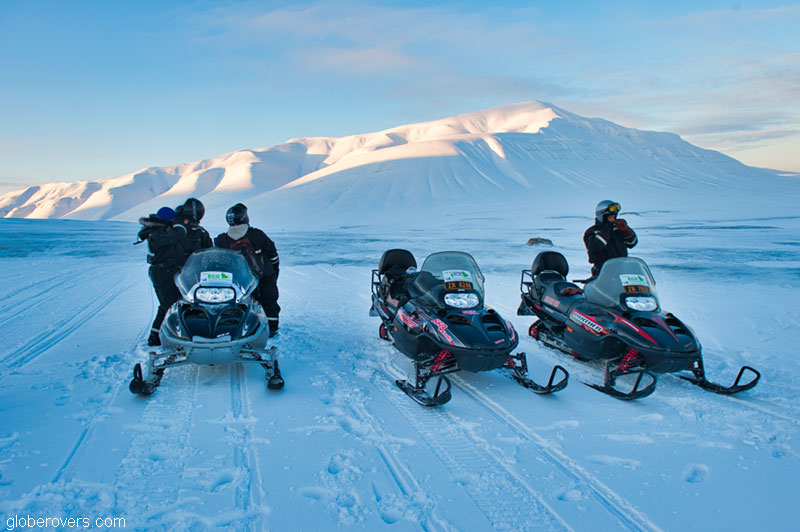
The Midnight Sun here lasts from mid-April until mid-August which means no darkness for about 100 days. Winters are bitterly cold when the polar nights of darkness and periods of twilight start towards the end of October and last until mid-February.
Svalbard is an all-year-round destination and a truly incredible sight during winter when the landscape is fully covered in snow and ice.
While winter is the best time to see the Northern Lights and explore the glaciers by snowmobile and dog sledding, the best time to see the wildlife, including the many polar bears, is during the warmer months when the islands have less snow.
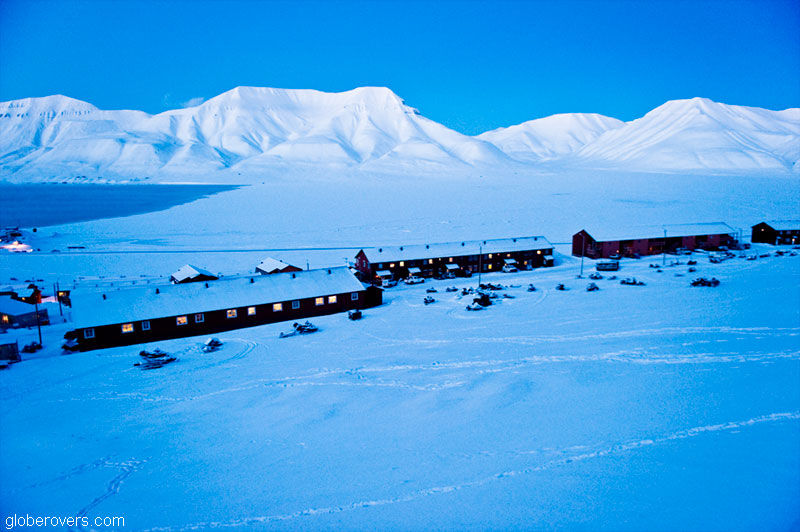

☛ Read more: Posts of Norway and Lapland



Blog post and photos by Peter who has been travelling almost full-time since 2005 and has been to over 122 countries. He visited several countries, such as Japan, more than 20 times. Peter is Editor-in-Chief and Publisher of GlobeRovers Magazine, an independent travel magazine focused on intrepid destinations.
